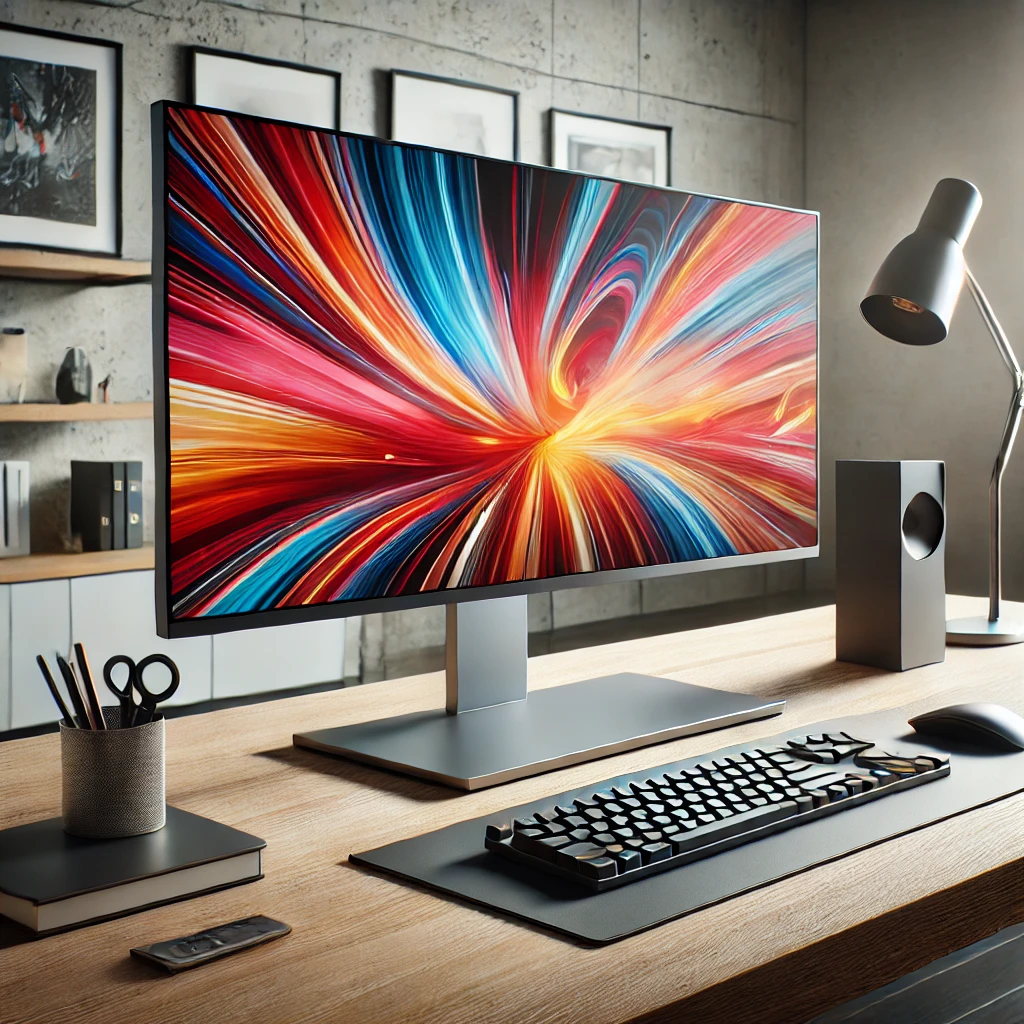Step-by-Step Guide to Choosing Your First Ultra-wide Monitor
Disclosure: This post contains affiliate links. If you purchase something through these links, I may earn a commission at no extra cost to you.
Are you overwhelmed by the endless options of ultrawide monitors available online? Searching for the perfect monitor can feel like navigating a maze, with each model boasting different features and specifications. Whether you’re a gamer, content creator, or need it for productivity and office work, finding the right ultrawide monitor shouldn’t be a headache. This step-by-step guide is here to cut through the noise and help you understand the essential specs and considerations, ensuring you make the best choice for your needs.
Step 1: Determine Your Primary Use Case
Before diving into technical specifications, identify how you plan to use the monitor. Are you a gamer, content creator, movie enthusiast, or productivity user? Your primary use case will influence the specifications you should prioritise.
Step 2: Choose the Right Screen Size
Screen Size: Ultrawide monitors typically range from 29 to 49 inches.
- For general productivity tasks, a 34-inch monitor might be perfect.
- For gaming or multitasking with multiple windows, consider a 49-inch model.
- Another factor to consider is your available desk space.
I would highly recommend checking out this great video, showing the various screen sizes and how they can support your workflow:
Step 3: Select the Appropriate Resolution
Resolution: Common resolutions for ultrawide monitors include 2560×1080 (Full HD), 3440×1440 (WQHD), and 5120×1440 (DQHD) .
- For general productivity, WQHD (3440×1440) is a sweet spot.
- Gamers and content creators might prefer DQHD (5120×1440) for the best visual experience.
Step 4: Decide on the Aspect Ratio
Aspect Ratio: The aspect ratio of ultrawide monitors is typically 21:9 or 32:9 .
- The 21:9 ratio is ideal for watching movies and general multitasking.
- The 32:9 ratio is perfect for handling multiple applications simultaneously, akin to having two 16:9 monitors side by side.
Step 5: Consider Refresh Rate and Response Time
Refresh Rate: Measured in Hertz (Hz), the refresh rate indicates how many times the screen updates per second.
- Standard monitors have a 60Hz refresh rate. This is usually sufficient for most users.
- For a smoother experience, especially in gaming, look for 120Hz, 144Hz, or even higher.
Response Time: This measures how quickly a pixel changes from one colour to another, typically in milliseconds (ms) .
- Lower response times (1-5ms) reduce motion blur, crucial for fast-paced gaming.
Step 6: Evaluate Colour Accuracy and Panel Type
Panel Types :
- IPS (In-Plane Switching): Offers superior colour accuracy and wide viewing angles, ideal for photo and video editing.
- VA (Vertical Alignment): Provides better contrast and deeper blacks, suitable for watching movies and general use.
- TN (Twisted Nematic): Known for fast response times but poorer colour reproduction and viewing angles, typically used in budget gaming monitors.
Colour Accuracy: If your work involves colour-sensitive tasks, look for monitors that cover a wide colour gamut (sRGB, AdobeRGB, or DCI-P3).
Step 7: Decide on Monitor Curvature
Curved monitors provide a more immersive experience by wrapping the screen around your field of view .
- The curvature is measured in radius (e.g., 1800R); lower values indicate a more pronounced curve.
- Curved screens are beneficial for immersive experiences and enhanced peripheral vision in gaming.
Step 8: Check Connectivity and Additional Features
Ports: Ensure the monitor has sufficient and appropriate ports (HDMI, DisplayPort, USB-C, etc.) for your devices .
- USB-C ports can also charge your laptop while connecting it to the monitor.
Ergonomics: Look for monitors with adjustable stands (height, tilt, swivel) to ensure comfortable viewing angles and reduce strain.
Summary Table: Ultra-wide Monitor Features for Different User Types
| User Type | Key Features to Focus On | Recommended Specs |
|---|---|---|
| Productivity Users | Screen Size, Resolution, Aspect Ratio, Ports | 34-inch, WQHD (3440×1440), 21:9 aspect ratio, USB-C ports |
| Gamers | Refresh Rate, Response Time, Screen Size, Curvature, Ports | 49-inch, DQHD (5120×1440), 144Hz or higher, 1-5ms response time, Curved (1000R-1800R), HDMI and DisplayPort |
| Content Creators | Colour Accuracy, Resolution, Panel Type, Ports | 34-inch, WQHD (3440×1440) or higher, IPS panel, Wide colour gamut coverage (sRGB, AdobeRGB, DCI-P3), USB-C ports |
| Movie Enthusiasts | Aspect Ratio, Screen Size, Panel Type, Curvature | 34-inch, WQHD (3440×1440), 21:9 aspect ratio, VA panel, Curved (1800R) |
| Multitaskers | Aspect Ratio, Screen Size, Curvature | 49-inch, 32:9 aspect ratio, Curved (1800R) |
| General Users | Connectivity, Ergonomics | 34-inch, WQHD (3440×1440), USB-C port, Adjustable stand |
| Budget Gamers | Response Time, Refresh Rate, Panel Type, Ports | 29-34 inch, 2560×1080, 60-75Hz, TN panel, HDMI and DisplayPort |
To conclude:
Choosing the right ultra-wide monitor involves understanding your specific needs and the technical specifications that match those needs. Whether you are a gamer, content creator, or productivity user, the right monitor can significantly enhance your experience and efficiency. Follow these steps to make an informed decision and enjoy the benefits of an ultra-wide monitor.
References
Check out my post on Top 5 ergonomic mouse options for office
